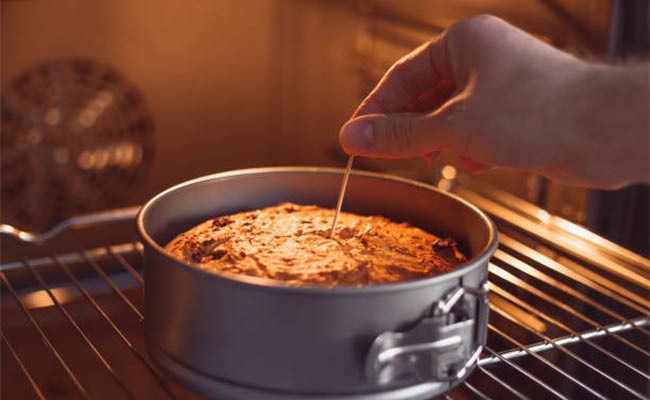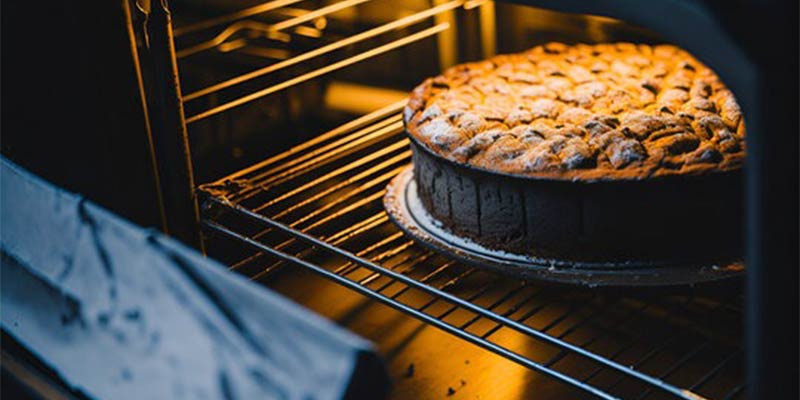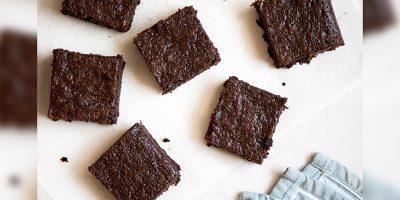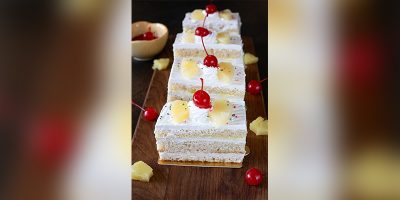Baking a cake can be as much of an art as it is a science, and when it comes to different types of cakes, each variety demands a unique approach, especially when baked in an Oven Toaster Griller (OTG). Unlike conventional ovens, an OTG offers precise control, making it ideal for baking. Whether you’re a newbie or an experienced one, mastering these baking techniques will help you whip up delectable cakes right in your kitchen. But first, let’s understand what an OTG is.
Understanding Your OTG
Before diving into baking, familiarise yourself with your OTG. This appliance typically has heating elements both on the top and the bottom, which can be controlled separately. This allows for uniform heat distribution, a crucial factor in baking. Additionally, most OTGs come with a convection feature, which circulates hot air around the food, promoting an even and faster baking process.
Preparing to Bake
Start by reading the manufacturer’s instructions. Each OTG is slightly different, and knowing the specific functions and features of your model will enhance your baking experience. Always preheat your OTG for at least 10 minutes at the required temperature. This is one of the crucial baking techniques as it ensures the cake starts cooking immediately upon entering the oven, which is key to good texture and rise. So, let’s see how baking different types of cakes in OTG requires different techniques. You can also surprise your loved ones by baking birthday cakes in an OTG using the proper techniques.
Baking Sponge Cake
Sponge cakes are light and airy and depend heavily on the incorporation of air into the batter. When baking a sponge cake in an OTG, use the middle rack for even heat distribution. Set your OTG to bake mode with both rods heated and avoid opening the door frequently, as sponge cakes are sensitive to temperature changes. The right temperature is usually between 160°C and 180°C, depending on the recipe and your oven’s characteristics.
Baking Fruit Cake
Fruit cakes are denser and moister than sponge cakes and contain fruits and nuts. They require a longer baking time at a lower temperature to avoid burning the fruits and to ensure that the cake cooks evenly throughout. Set your OTG to 140°C-160°C and consider placing a pan of water on the bottom rack to prevent the cake from drying out. Baking on the lower middle rack is often recommended.
Baking Chocolate Cake
For chocolate cakes, which tend to be dense and rich, uniform heat is crucial to prevent the outer edges from cooking too fast. Use the convection feature of your OTG if available, as this will help to distribute the heat more evenly. Bake at a moderate temperature, typically between 160°C and 180°C. If your chocolate cake includes a lot of sugar or fat, lower the temperature slightly to prevent burning.
Baking Cheesecake
Cheesecakes require gentle heat and a moist environment to prevent cracking. Use a water bath (placing your cake pan within a larger pan filled with hot water) to achieve this. Bake cheesecakes at a lower temperature, about 150°C, and use only the bottom heating element if your OTG allows you to control this. The water bath will help regulate the temperature and add moisture to the air.
Baking Techniques and Tips for Perfect Cakes
- Checking Doneness: Different cakes have different tests. For sponge cakes, a toothpick inserted into the centre should come out clean. Test with a skewer for a slightly sticky residue for denser cakes like fruitcakes.
- Cooling: Allow the cake to cool in the oven with the door slightly open for about 5-10 minutes. This prevents the cake from sinking.
- Positioning: Always place the cake on the middle rack unless specified. This position allows for optimal air circulation and heat distribution.
Common Problems of Baking Cake in OTG


Baking in an OTG can sometimes present challenges, especially if you are new to using this type of oven. Here are some common issues bakers face with OTGs and tips on how to solve them:
Uneven Baking
One of the most frequent complaints is uneven baking, where parts of the cake are perfectly done while others remain undercooked. This can be due to uneven heat distribution within the oven. To combat this:
- Rotate your cake midway through the baking process to ensure even cooking.
- If your OTG has hot spots, try to identify these areas during your initial baking attempts and adjust the position of the baking tray accordingly.
Over-Browning or Burning
Another common issue is cakes that brown too quickly on the outside while remaining raw on the inside. This might happen due to a too-high temperature setting.
- Always make sure to preheat the oven to the right temperature and consider lowering it if you notice recurrent over-browning.
- Use aluminium foil to cover the top of the cake if it starts to brown too quickly.
Cake Sinks in the Middle
If a cake rises well but then sinks shortly after being removed from the oven, it might be due to several factors:
- Opening the oven door too early can cause a sudden drop in temperature, making the cake collapse.
- Over-mixing the batter can incorporate too much air, which collapses upon cooling.
- Check if the baking powder is fresh and correctly measured, as leavening issues often cause sinking.
Dry Texture
Cakes that turn out too dry might not have enough moisture, or they may have been baked for too long.
- Follow recipes closely to ensure the correct balance of wet and dry ingredients.
- Keep a close eye on baking time and use a timer to prevent over-baking.
Cracking on Top
A cracked top on a cake can be the result of the oven being too hot, causing the outer layer of the cake to bake and rise too quickly.
- Lower the temperature of the OTG and bake the cake for a longer period.
- Make sure the batter is at room temperature, as too cold a batter can also lead to cracking.
Final Thoughts
Baking cake in OTG is an enjoyable endeavour that rewards you with delicious results. By understanding the specific needs of different types of cakes, mastering the controls of your OTG and understanding the baking techniques, you can ensure that every cake you bake is perfect. Also, identifying common problems and knowing how to address them can enhance your baking skills and reduce the likelihood of mishaps. You can also create designer cakes after baking the base layers in the OTG, provided that you have a few tools for it.
Experiment with different recipes and techniques, and don’t forget to adjust settings based on your specific OTG model and the unique quirks of your kitchen appliances because every OTG behaves differently. So, part of the baking journey is getting to know your specific appliance and learning how to best work with it.
Surely, after reading this blog about cakes, you must be craving some. Well, our writer is, and they’re going to get Bakingo cakes. We suggest you do the same!





